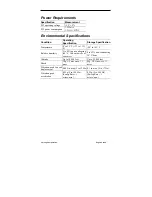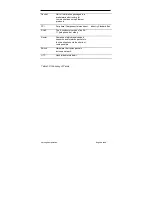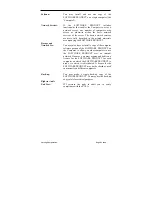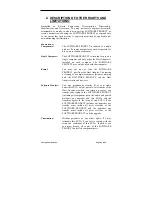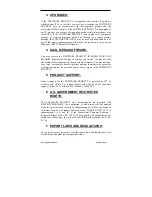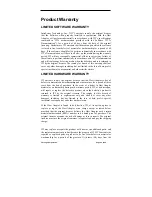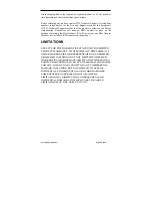
LSI Logic Corporation
Page 41 of 56
Note: If you modify parameters and put the system into service before
rebooting, you may experience configuration problems.
Perform this command to reboot the system:
#
reboot
4. Verify the configuration changes.
Enter the following command and verify that the MTU size is set to 9000:
#
ifconfig -a
Dual Homing
When two ITI-5100G/GF adapters are installed in the same server, they can
be paired in a Dual Homing configuration. If traffic is not seen over the
primary adapter connection due to loss of the adapter, cable, switch port, or
switch (where the two adapters are attached to separate switches), the
secondary adapter becomes active. When it becomes active, the secondary
adapter uses the MAC and IP address originally assigned to the primary
adapter. Sessions should be maintained, with minimum impact to network
traffic.
Overview
The Dual Homing feature relies on the Spanning Tree Protocol. Adapters
configured for Dual Homing allow Spanning Tree Protocol packets to pass
between them. This causes the Spanning Tree Protocol to detect a loop in the
network, forcing the switch port connected to one of the adapters to go into
blocking mode. The blocked adapter becomes the secondary.
Figure 7: Dual Homing with Spanning Tree
If the primary connection becomes disabled for any reason, the Spanning
Tree Protocol will detect the loss of the loop, and will change the switch port
connecting the secondary adapter from blocking mode to forwarding mode.
Both Connections Ready
Spanning Tree Loop Detected:
ACEnic #1 is active
ACEnic #2 is blocked at switch port
Primary Connection Failed
Loop Resolved:
ACEnic #1 has dropped from service
ACEnic #2 is active



















